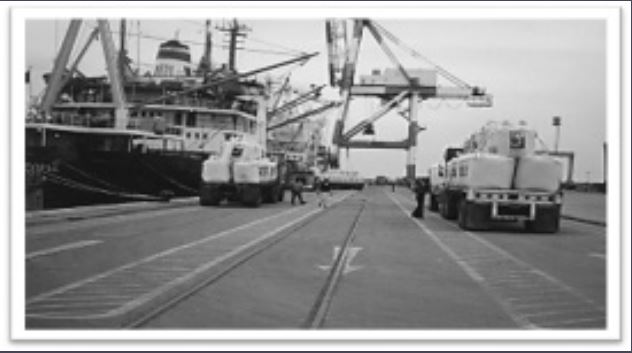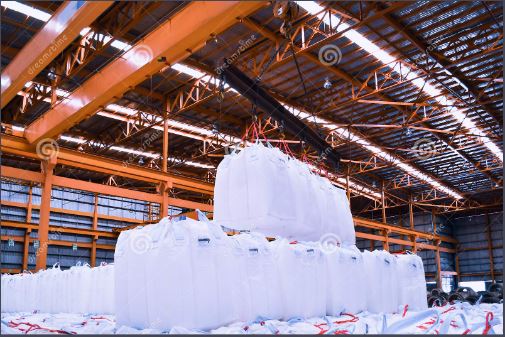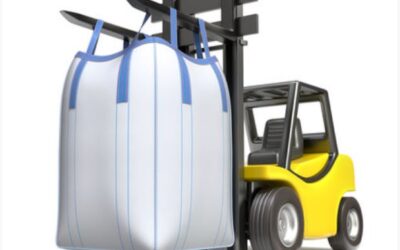Flexible Intermediate Bulk Containers, or FIBC, have become an essential part of the modern logistics and transportation industry. These large bags made of woven polypropylene fabric are used for the transport and storage of dry bulk materials, such as powders, granules, and flakes. But where did FIBC come from, and how did they become so popular?

The origins of FIBC can be traced back to the 1950s, when they were first introduced in the United States. At that time, heavy metal drums and paper bags were commonly used for the transportation of dry bulk materials. However, these containers had many disadvantages, such as their weight, size, and lack of reusability. As a result, FIBC were developed as a more efficient and cost-effective alternative.
FIBC quickly gained popularity in the United States, and by the 1960s and 1970s, they had become widely used in Europe and Asia. The design and construction of FIBC continued to improve over the years, with new safety features, such as anti-static liners and grounding straps, being added to prevent accidents and explosions.

Today, FIBC are used in various industries, such as agriculture, chemicals, food and beverage, mining, and pharmaceuticals. They have many advantages over traditional packaging methods, such as their light weight, reusability, and ease of handling. FIBCs also reduce the environmental impact of packaging by using less material and generating less waste.
In conclusion, the history of FIBC is a testament to the ingenuity and innovation of the logistics and transportation industry. These large bags have revolutionized the way we transport and store dry bulk materials, and their popularity continues to grow. As FIBCs continue to evolve, we can expect to see even more advances in their design, construction, and safety features.





0 Comments